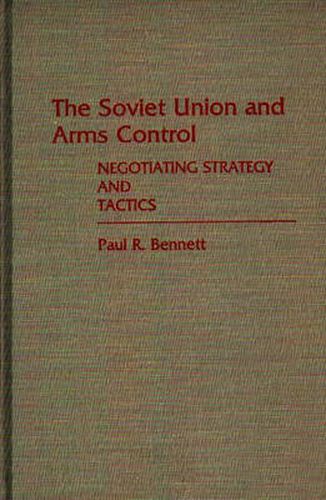In an age of nuclear arms diplomacy, Westerners still lack a deep understanding of how the Russians negotiate. Much has been written about Soviet negotiating tactics - especially in light of the recent INF Treaty - but there has been no systematic way of analyzing the Soviet record. The Soviet Union and Arms Control hopes to provide a coherent model for understanding Soviet negotiating tactics, strategies and modes - based not merely on impressions but on carefully analyzed case studies. Through this analysis, Westerners can begin to understand the different types of Soviet negotiating behaviour and the factors that influence Soviet decision-making. This book systematically sorts and organizes the existing literature on Soviet tactics - supplemented by interviews with former US negotiators - into a coherent theory. The book’s first two chapters examine Soviet negotiating modes, strategies and tactics and two different models of the Soviet process of decision-making. The final two chapters explore two case studies - the Brezhnev Era: SALT II, 1972-1974; and the Gorbachev Era: Nuclear and Space Talks, 1985-1988 - that provide a practical test of the theories. These two case studies trace Soviet diplomacy stage-by-stage and issue-by-issue, demonstrating that internal politics in the Soviet Union has a lesser effect on negotiations than considerations of the Soviet national interest.
Read More





